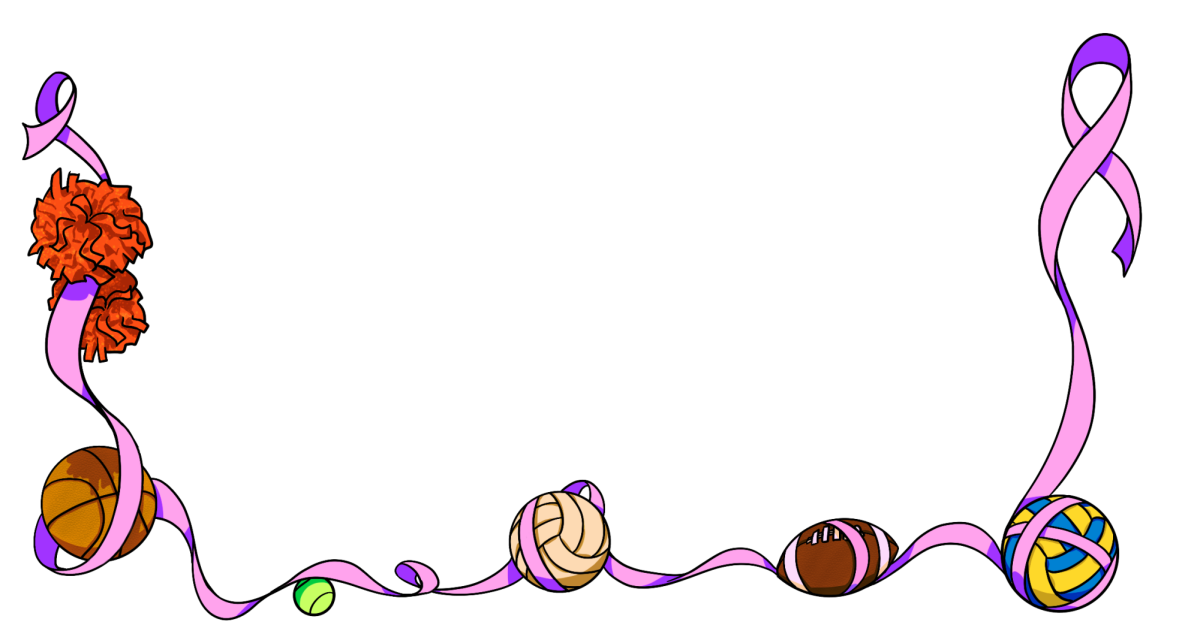Written by Eric Epstein
For the 2017-18 NBA season, many superstar basketball players joined forces to create team rosters chock-full of ridiculous talent and stardom, dubbed “super teams.” This phenomenon has likely sprouted in response to the Golden State Warriors assembling a squadron of superstars who are closer to an all-star team than an NBA franchise. The Warriors, led by four of the top 20 players in the entire league, according to ESPN, cruised effortlessly to an NBA championship last season, leaving the rest of the NBA in the dust. is past offseason, a certain few NBA teams have tried their best to catch up with the Warriors by cramming as much star power as they could onto their respective 12-man rosters. A frenzy of blockbuster trades and reality show-caliber drama ensued while these teams scrambled to build the squad with the best chance of toppling the Warriors from the NBA summit. Overall, these super teams are beneficial for the NBA because they increase the league’s popularity, encourage non-competitive teams to build for the future and maintain the competition across the league.
Super teams increase the NBA’s entertainment factor and popularity. When immensely popular superstars team up with each other, they tend to draw loads of excitement and astronomical television ratings. According to Sports Media Watch, in the 2016-17 NBA regular season, 25 of the 29 most-watched games featured either the Cleveland Cavaliers or the Golden State Warriors games, two of the most infamous super teams in the league. Super teams are almost always polarizing and controversial, boosting viewership not only for the excited fans, but also for those who watch the super teams in hopes of them being upset. At the end of the 2016 season, when the rise of the super teams began, the NBA signed a lucrative $24 million television deal, according to ESPN. The television companies that are on this deal are undoubtedly salivating over the marquee matchups and the colossal ratings that the league’s super teams will be sure to draw up this season.
With six or seven rosters dominating most of the starpower and talent in the league, there are a significant number of teams that have no legitimate chance of contending for the championship. In the long term, this system benefits the NBA, as it encourages the teams at the bottom of the standings to “rebuild” their rosters in order to become more competitive for future seasons. Many rebuilding teams are stockpiling young players, draft picks and other future assets: once the current super teams disintegrate, a new wave of competitive teams will ensue. This rotation of talent and dominance around the league will ensure that each team will at some point have a realistic chance of competing for the NBA title within the next five to 10 years.
A common belief about super teams is that they drastically reduce the competitive- ness and the parity of the NBA—however, this is not true. The NBA has never been and never will be the college basketball March Madness tournament, which is known for its upsets and overall unpredictability. Going even deeper, out of the 71 years that the NBA has existed, the most successful five teams own a combined 49 of the championships, and the top two franchises alone have won a staggering 33 of them. Parity in the NBA has always been an afterthought, and super teams do not inhibit the competition across the league any further.
—Epstein, a junior, is the Business Manager.









